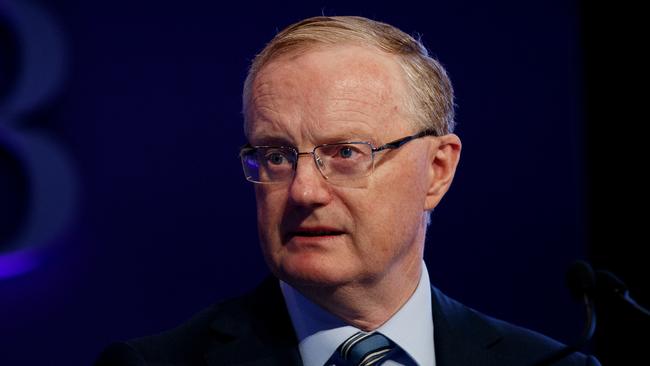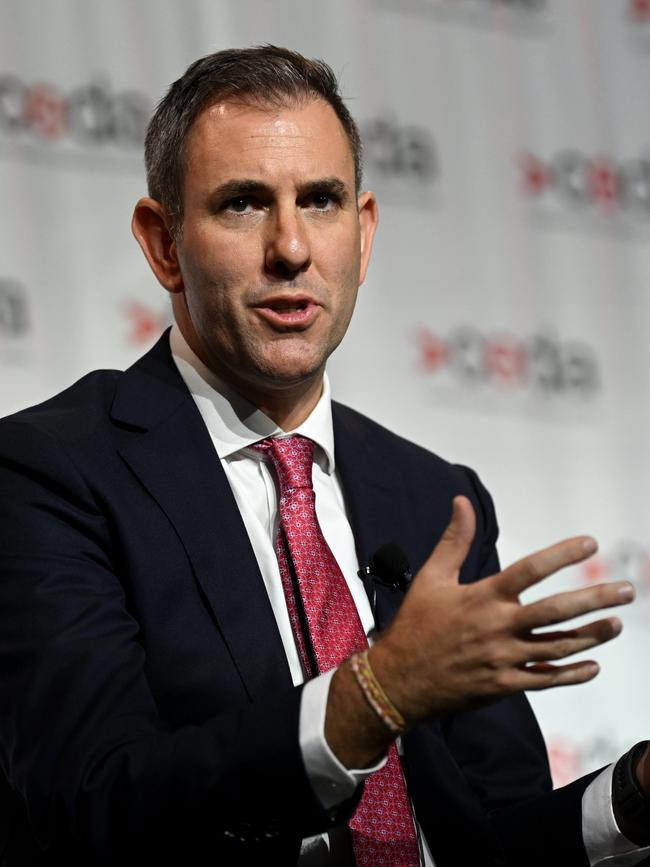
That Australia had only mild stress during the height of the global financial crisis and then you have to go back to the early 1990s state banking crisis sends a strong signal that the RBA’s other job of providing financial stability is working.
In Europe and North America, in particular, bank regulation and co-ordination through the central bank has been lighter.

The lines of banking regulation in Australia are clear. The Australian Prudential Regulation Authority is deep in the balance sheet of banks and insurers looking for structural cracks while securities regulator ASIC oversees regulation of market integrity, consumer protection and corporations law – the so-called twin peaks of financial regulation.
The RBA is responsible for monetary policy and the payments system. But with its liquidity facilities can make all the difference between a bank surviving or dying. Importantly it also carries the clout by overseeing financial stability through the entire economy.
Here the RBA governor Philip Lowe chairs the powerful Council of Financial Regulators which includes Treasury, APRA and ASIC and this forum literally joins the dots as it takes a big picture approached to financial system health.
The RBA has a big stick and uses it sparingly. Shortly after Commonwealth Bank was hit with Austrac’s monster money laundering legal action in 2017, then chief executive Ian Narev was digging in and preparing to fight the claims.
Appearing before parliamentary committee on a Friday morning shortly after the claims broke RBA Governor Philip Lowe said the allegations were “very serious” and if shortcomes were identified there needed to be “accountability through the courts and internally through the organisation.”
And with rising complaints at the time around wealth management – particularly for CBA – Lowe gave the sector an additional whack. Not enough attention was being paid to risk management or customer outcomes in the chase for “short term profit”, he said.
Following the comments, Narev’s board summoned him on the Monday and the CEO was dismissed by 8.30am on Tuesday morning. The CBA boss could never come back from the loss of trust from the RBA governor. More recently the RBA has thrown the book at the ASX’s technology failings, putting the exchange operator on notice to get its house in order.
Renewed crisis
As the spectre of a real banking crisis again looms over Europe and the US, it’s where the rest of the world can study how Australian financial regulation operates. The US at the moment is still a patchwork of state and federal regulators and authorities and this means so many issues fall between the gaps – with the failed Silicon Valley Bank proof of this.
Meanwhile the federated structure of the US Fed adds to the shortfalls. It’s stunning the chief executive of Silicon Valley Bank Greg Becker sat on the board of the San Francisco Federal Reserve right up to the bank’s forced closure on Friday March 10.
In Europe, Credit Suisse, a pan-European organisation has been allowed to continue in a weakened state for too long and in recent years focus has remained on Spanish and German banks.

The buyout of Credit Suisse may have calmed markets for now, but we are not out of the woods yet. Many will recall during the global financial crisis Wall Street bank Bear Stearns was acquired by JP Morgan for just $US236m ($352m). That deal stabilised markets, indeed the sharemarket pushed record highs the months following and then Lehman Brothers collapsed.
Through the GFC, British banks from Northern Rock to Royal Bank of Scotland were taken into majority government ownership. At the same time the UK government was forced to take a minority stake in Lloyds Banking Group.
The closest Australia got to a crisis this century was Suncorp (at the time a much riskier bank). In 2008 ANZ was about to buy out Suncorp’s banking arm with the smaller bank struggling under heavy losses from failed property development bets. A deposit and funding guarantee changed the equation so the deal was abandoned. For vastly different reasons ANZ last year signed a friendly buyout Suncorp.
That the RBA governor Lowe recently had to war game his own job as part of a briefing for possible questions ahead of a Senate appearance is extraordinary over how much politics has been allowed to built into monetary policy and oversight of the RBA.
If – as expected – Australia steers through the current cycle with substantially lower relative interest rates than UK, US and Canada, and the RBA can engineer a soft landing that’s a cause for celebration. The RBA can also stand by its record on financial stability where others have stumbled. This should be noted in the RBA Review which Chalmers should have in his hands by the end of next week.
‘Brutal’ unravelling
As well as reshaping financial markets, the weekend deal to rescue investment bank Credit Suisse has sent shockwaves through the Swiss finance hub of Zurich.
Benjamin Alt heads up a $25.4bn global private equity portfolio for UK fund manager Schroders and for decades has been based in Zurich.
Speaking to The Australian after meeting clients in Sydney, Alt says Credit Suisse’s demise will be nothing but “brutal” for the city built around banking and finance. It also represents a blow for Europe’s banking market.
“I left Zurich on Friday and the week was already quite tense,” says Alt, who has a number of friends working at Credit Suisse, although he has no financial links with the firm.
He points out Zurich’s famous centre of banking, the Paradeplatz has the Credit Suisse building on one side and UBS on the other.
“These are such iconic banks and brands. When you go out in Zurich, it’s impossible to not find people that work for UBS and Credit Suisse,” he says.

He describes the last two weeks as a disaster for Credit Suisse. The stop-start plans to revive the bank were hurting confidence as money markets were getting more stressed. And that came about after Credit Suisse in October last year had already outlined a massive restructuring including the spin off of the investment banking arm and thousands of jobs to be cut. Ultimately a collapse in shares and deposits being pulled from the bank led to regulators forcing UBS to buy out its rival for $US3.25bn ($4.86bn) through emergency talks over the weekend. UBS is keen on Credit Suisse’s wealth management and banking businesses, but is likely to offload parts of investment banking. The deal is likely to result in heavy cuts to Credit Suisse’s 50,000 strong global workforce. This will be a blow for Switzerland that stands to lose one its banking pillars. As part of the deal struck with Swiss regulators, UBS has been given financial protection from risky assets sitting on Credit Suisse’s balance sheet. Ratings agency S&P has this week warned about “material execution risk” of Credit Suisse deal given the investment bank’s size, complexity and risk profile.
Opportunity from downturn
Alt contrasts the European response to rescuing troubled banks with the swift action taken in the US following the financial crisis where Wall Street banks reeling from heavy credit losses.
“They (the US) took clear, aggressive cuts,” Alt says. The ones that are worse off today took a more cautious approach (to restructuring) – doing a bit here, a bit there,” he says.
For Alt, Schroders invests as much as $US2.4bn a year for fresh private equity. Its sweet spot is the small to mid-sized transactions with 90 per cent of transactions below the $US1bn mark rather than the mega-deal end. At that size it argues the returns offer bigger upside for good businesses and with less volatility.

Companies being targeted are healthcare, consumer with pricing power and “mature” technology such as business to business services.
It usually chases buyouts where there are family-owned businesses or privately held businesses looking for a financial exit. The fund is focused in the US and Europe, while India and China are keeping it busy across Asia. Schroders is bulking up its Singapore-based team which is also eyeing potential buyout opportunities in Australia, although Alt adds the size of the prospective investment pool is much bigger in China and India. The Schroders specialist private equity fund which was fully integrated into the London-based fund manager in 2019 has delivered annualised investment returns 17.5 per cent since inception.
Alt says the current market disruption simply means opportunity for private equity funds, with banks – particularly in the US – are likely to pull back on lending to businesses while liquidity is tight.
“You should invest when the environment is tough … but we all know we should be more cautious now, but we can just see some fantastic opportunities,” he says.
johnstone@theaustralian.com.au




With just days to go before the Carolyn Wilkins-led Review of the Reserve Bank is handed over to Treasurer Jim Chalmers, the landmark report will need a hastily written supplementary chapter: Banking crises.